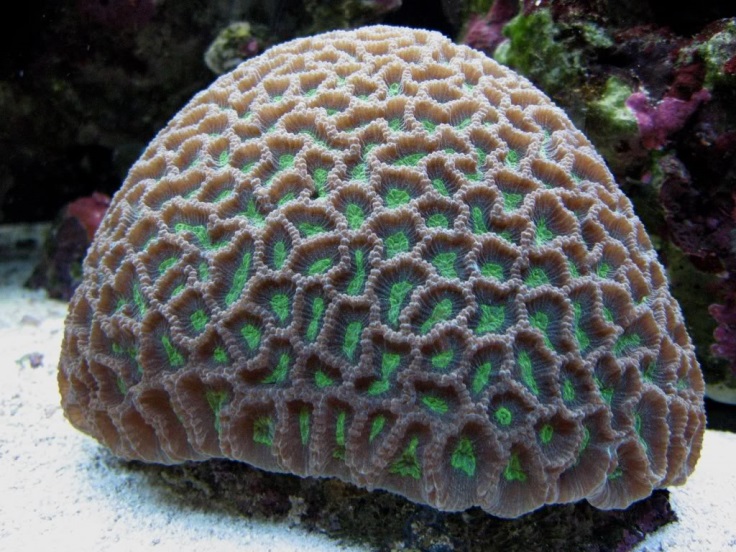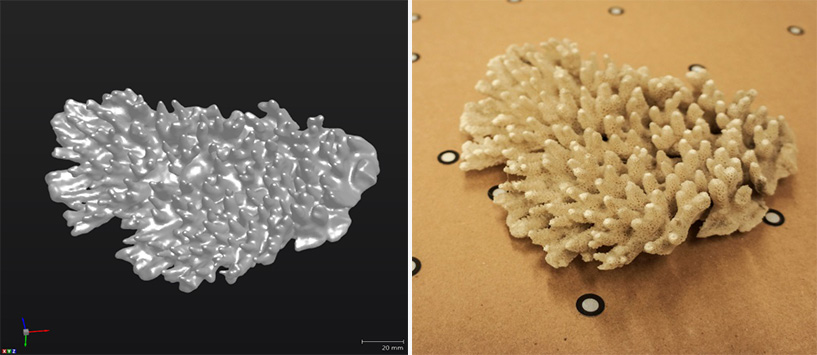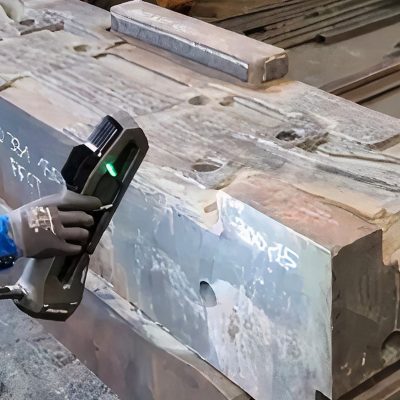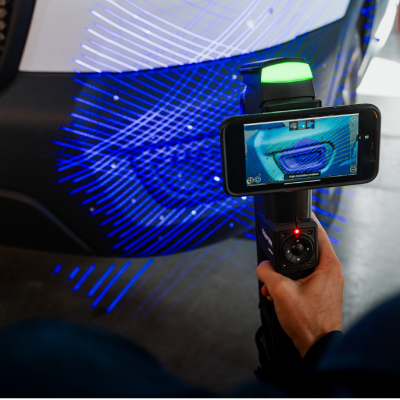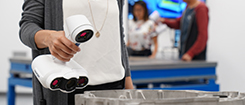April 15, 2024
Use of 3D scanner increases efficiency and reduces labor and material costs See the articleSo is the fascinating mission of Kyle Zawada, student at St-Andrews University in Scotland. To be more specific, he proposed to use portable scanning techniques to 3D document and measure characteristics of corals, both living and dead. Working in collaboration with the Natural History Museum in London, Kyle has access to their collection and uses his 3D scanner track the growth of living specimens amongst other things.
“The impact of this project will be both novel and important across a range of areas including conservation, historical documentation and applying a high-tech approach to fundamental questions of biology and ecology” says Mr. Zawada, “we hope that the methods we develop become widespread throughout the student body and the wider research community.”
A domed shape brain coral, an example of the corals Kyle plans to study in his 3D documentation project
Not the typical 3D documentation application… but it works
Kyle was one of the selected student projects, as part of the Creaform’s Engineering Student Sponsorship Program, and was lent a HandySCAN 3D system to 3D document his project. The skeletons of corals are generally quite sturdy as they have to deal with a range of physical stress on the reef through debris and wave action, this makes it ideal for scanning them with a 3D scanner. Markers may be placed directly on them or all-around.
On the left, a dead coral being scanned, on the right, the 3D scans result
So far in his project, Kyle has mainly been focussing on scanning dead specimens to validate his techniques and methods, but he also plans to scan living corals. Removing the corals from although somehow stressful will not be harmful to the specimens and will provide very valuable information. Combining the 3D scan data along with VXinspect, should also reveal how the corals develop their calcium structure and grow in size.
Really a captivating project, to be continued…

